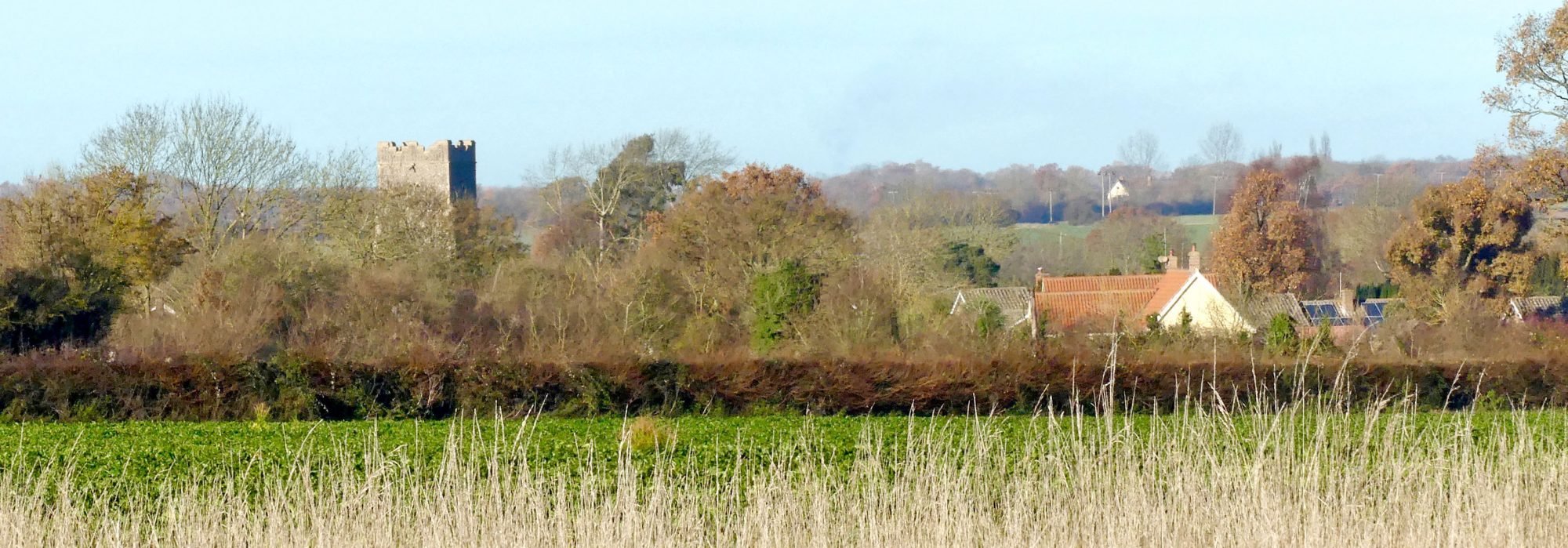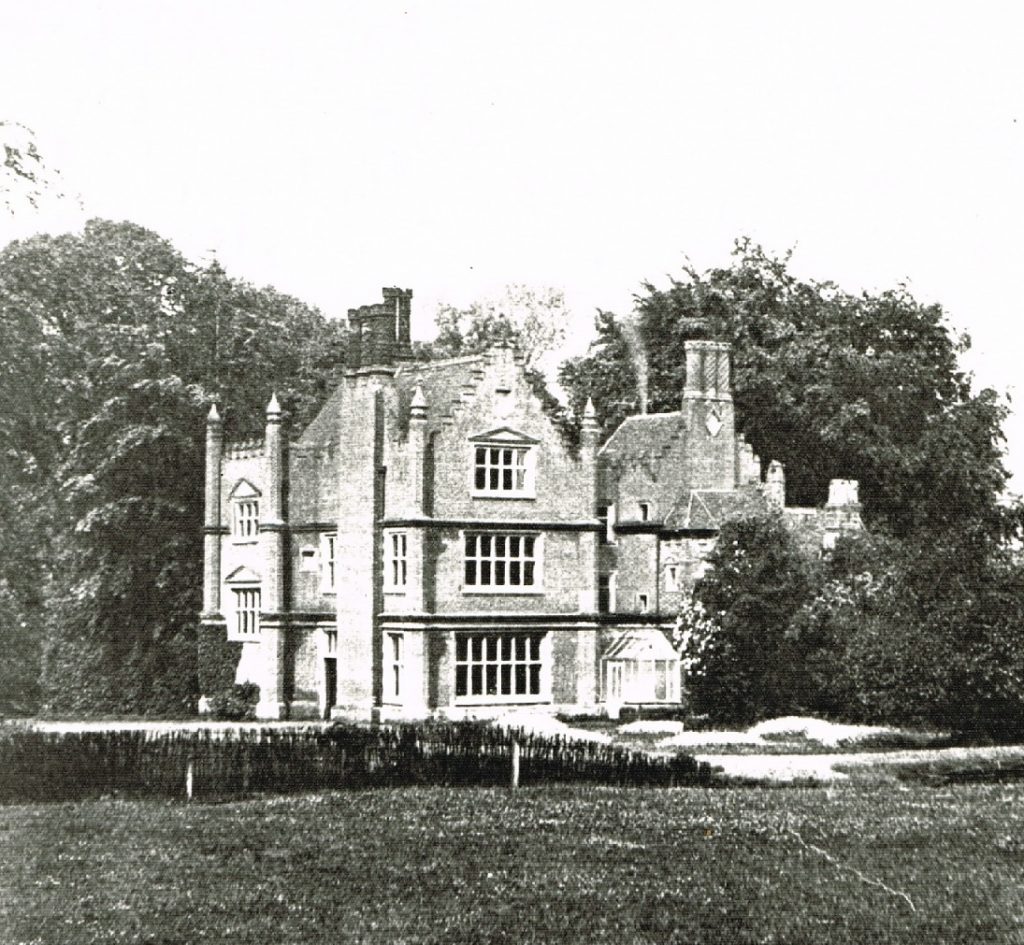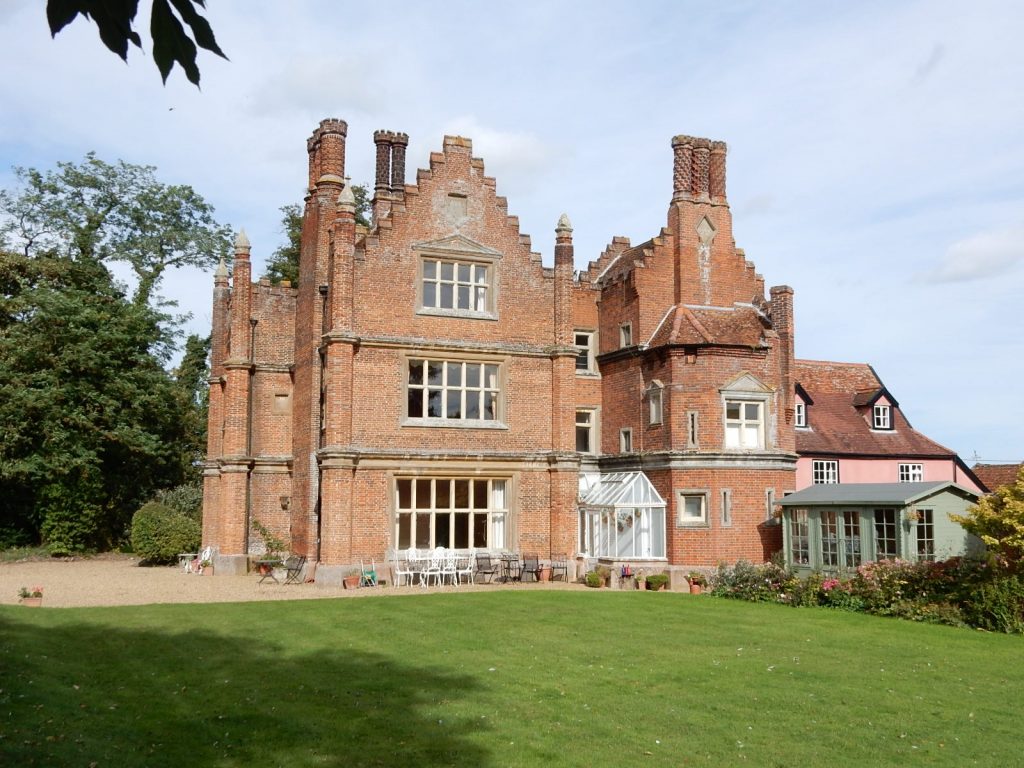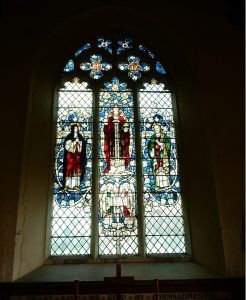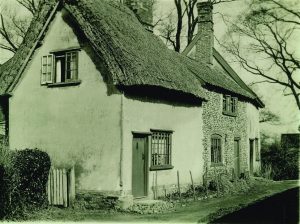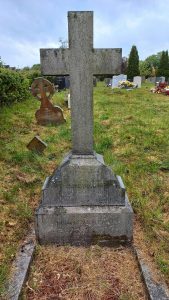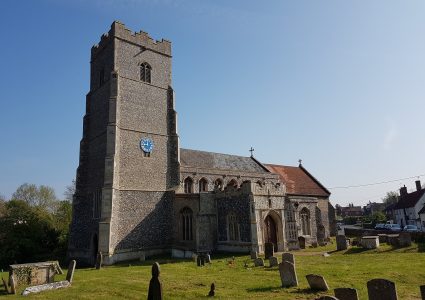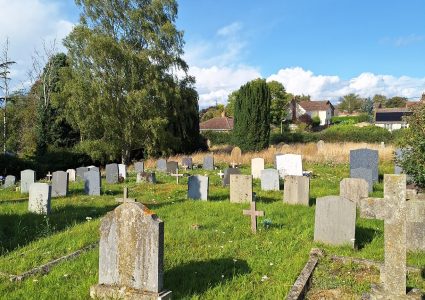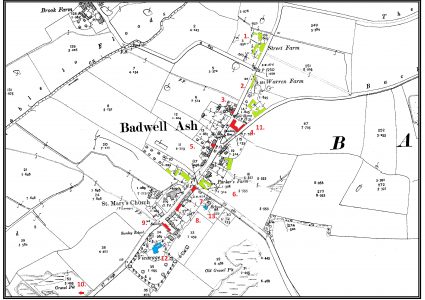29th June 1826 – 24th December 1916
Our story is about the two people who in the second half of the 19th century, made Badwell Ash a better place and whose input and participation in the life of the village are still tangible today. George and Hester-Maria Payne.
Hester Maria Payne was born in Hepworth, where her father, Edward was rector. She was one of four children, the only girl. Her eldest brother George Edward Payne was four years her senior.
Hester and her three brothers received a very good education, their father being a Fellow of King’s College in Cambridge. In the words of a contemporary, who knew Hester Payne well, she was “very learned…there wasn’t much you couldn’t converse with her about.” She had a considerable knowledge of Latin, Greek and botany and she could play the church organ. From the accounts that survive, we can gather an image of a quite small, alert and very active lady who was a very serious, assertive person at the same time possessing a great deal of wit. She was a kind and caring lady who did her utmost for others. As she was the daughter of a clergyman, she was a devout Christian.
Photo – Badwell Hall in 1924
After Hester Maria and her brother George bought the Badwell Hall in Badwell Green in 1852, they first focused on reordering St Mary’s Church, which was put into good order before turning their attention to their own house, Badwell Ash Hall or as it was known then, High House. The Hall was a substantial Tudor house surrounded by 300 acres of farmland. The 1871 Census tells us that George and Hester-Maria employed 11 men and 7 boys to maintain the farm as well as 3 servants in the Hall.
Photo – Badwell Hall today
The church was restored and re-seated, allegedly using oak grown in the grounds of the Hall. It’s also alleged that carved angels in the roof were made then; it is believed that one of those, the pattern for the rest, was the work of Mr. George Payne, his hobby being carpentry. They had the present pipe organ installed, as there was only an American organ, an instrument similar to a harmonium, before. They also provided the money for the stained-glass window at the east end of the Chancel which depicts Christ in Majesty flanked by the Blessed Virgin and St John. This window was erected in memory of George and Hester-Maria.
Photo – East window in St Mary’s church
Hester, or Miss Payne, as she was known to everyone, also trained the church choir whilst George was a churchwarden for over fifty years as well as being a Justice of the Peace and a Magistrate.
We can just imagine the two of them – throwing themselves into their new venture – when they moved to the Hall in 1852 – George, 30 years old, and his sister, 26. They put the church in order, then refurbished the Hall, making it a “gentleman’s dwelling” after it had been a farmhouse and a granary. In 1861 they built the School in Richer Road, Mr. Payne being its architect. Miss Payne became the Manageress and she also taught five times a week – reading, writing and Scripture. She maintained the school privately for 49 years, refusing any government grant until the County Council took control in 1910.
Despite being from what can be described as an elite background, Hester and George took a deep interest in the welfare of the people and tried to ease the lot of the poor. Miss Payne had eight cottages in the village, three of which were behind the church in Church Lane (no longer there) and one of which became a reading room which used to be situated where the White Horse car park is now. She also paid for improvements to be made to other cottages.
She walked into the village from the Hall every day, and only a very bad illness would prevent her from doing so. Miss Payne visited the sick in person and made sure that they got what they needed. When she was no longer able to do so others deputized for her to continue the care. Twice a year she gave the widows of the village a quarter of a ton of coal, there usually being about 5 widows in the village. This charitable donation continues today through an annual payment of about £125 to the church from the Miss Hester Maria Payne Charity. Her will of 2nd March 1917 stated that the interest from her bequest should go towards the upkeep of the churchyard and cemetery with any remaining monies going to the coal charity.
There is also a great story and a true one that every Christmas Hester Payne gave “lovely pea soup” to the whole village, according to the size of their families. On Christmas Eve the residents of the village walked to the Hall to receive their soup. The old people and widows also got a plum-pudding, a large meat-pie, a bottle of wine and a quantity of tea and sugar.
At the Hall Hester and George employed several servants, many of whom reached a very old age: there were two grooms over 80 years old, the cook who was at the Hall for sixty-one years and several farm workers who grew old in their service – this, perhaps, testifies to the fair and just nature of the master and mistress. The cook, Hester Pull, was left an annuity and a cottage behind the church, as was Georgina Riches, who had taught in the school for over forty-five years and was close to Miss Payne.
Photo: Church Lane Cottages
Needless to say, George and Hester Payne were much respected people. Their knowledge, charity and consideration for those less fortunate as well as their tireless work put them on a pedestal in their time so, even today, there are reminders of the achievements that the brother and sister left to their beloved parish. However, Hester was a very modest and humble person – with all the grandeur of the Hall, her bedroom was a small one over-looking the stables and the outhouses.
Neither of them ever married, they moved into the Hall together and both lived their long lives there – until George’s death in 1912 and Hester’s death in 1916. She died on Christmas Eve, the day when the special gifts of soup and pudding were given to the people in the village, the village that she loved so much.
Photo – Hester Maria and George Payne’s grave in Richer Road Churchyard
On her death, Hester-Maria left an estate valued at £32,286. This is worth £2,300,000 today. In 1949, the three cottages behind the church were sold by the Charity Commissioners and the money transferred into The Hester-Maria Charity which continues today and provides a small annuity for the church to be used for the upkeep of the churchyard.
Both George and Hester are buried in the churchyard extension in Richer Road, Badwell Ash.
Her death “……….removed a woman of marked and original character, of more than usual ability, generous to a fault, and unfailingly staunch in friendship.”
